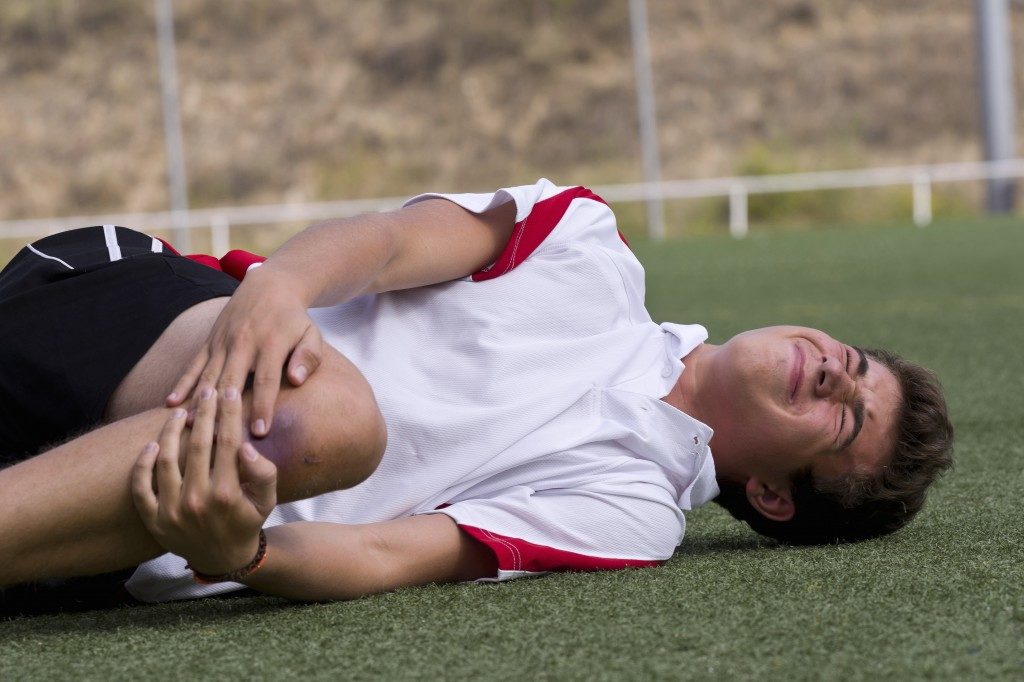People can no longer afford sedentary lifestyles since these contribute to an unhealthy weight that has been linked to most lifestyle conditions. Most of them are thus engaging in sports. Though this has seen a drop in the risk of contracting lifestyle diseases, sports have also put most people at risk of injuries from trauma, slips, and falls or the aggravation of pre-existing conditions. To this end, most of the patients you will see at a medical center have injuries connected in some way to sports.
A back and shoulder support brace marks one of the most common first-line management alternatives for these injuries. This is an immobilization device used before and after the surgical correction of an injury but can also be used independently of surgical procedures.
Immobilization devices are designed to restrain an injured bone or joint to prevent the worsening of an injury or avert its movement to promote healing. They help reduce the pain, muscle spasms, and swelling associated with broken bones and dislocated joints. Here are the immobilization devices used in orthopedic care.
Casts
These are often used for immobilizing broken bones. After aligning the ends of a broken bone, the cast holds them in the correct position awaiting their complete rejoining through a natural healing process. The casts you will use are customized to fit each patient and are made of either fiberglass or plaster.
Most medics nowadays prefer fiberglass casts since the material is lighter and longer-lasting compared to plaster. While in the past casts were meant to be kept dry, there now exists fiberglass casts that have Goretex padding making them waterproof. Splints are generally used for the immobilization of dislocated joints, and limb fractures.
Braces
These support, hold, and align an injured body part in a correct position. They are often used after limb surgery though they can also be used alone for managing injuries. Since they can be easily taken off, braces are commonly used by those undergoing physical therapy to exercise their injured part during the healing process. Moreover, the braces can be adjusted to allow specific movements. Even so, braces offer less protection and support for an injured part compared to casts.

Collars
These are used for neck injuries. Soft collars allow the movement of the neck and head to some extent while stiff ones limit head and neck movement in neck bone fractures completely. Collars are commonly used in the emergency room for neck immobilization in people with potential neck injuries to avert the worsening of the injury.
Traction
This uses a pulling force to promote the alignment of an injured area and decrease pain and muscle spasms. The strongest type of traction includes a pulley connecting a rope to a bow attached to the bony prominence of an injured limb bone. Neck traction resembles a cotton or leather cloth halter around a patient’s chin and lower head.
When using the above devices, it is essential that they are not so tight. This way, they do not cut off circulation to an injured body section. Moreover, you should get the immobilization devices for your clinic from reputable suppliers to guarantee optimal results.

